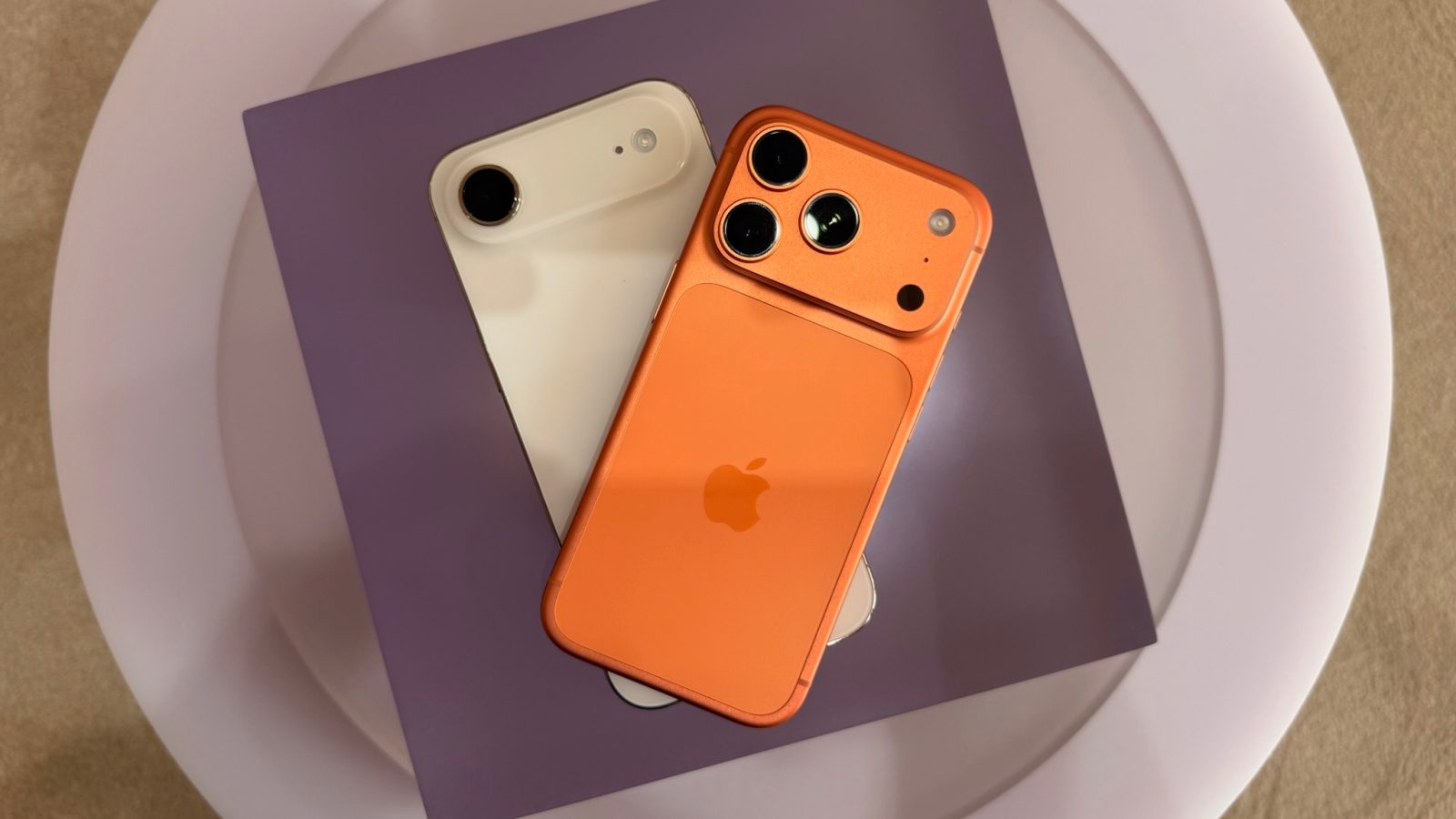Apple is poised to redefine its smart home ecosystem by transitioning from the ‘HomeKit’ brand to a more cohesive ‘Apple Home’ identity. This strategic move aims to streamline user experience and align with the company’s broader vision for home automation.
Transition from ‘HomeKit’ to ‘Apple Home’
Recent developments indicate that Apple is systematically replacing ‘HomeKit’ references with ‘Apple Home’ across its platforms. Notably, in the fifth beta of tvOS 26, the Settings app now labels the AirPlay and HomeKit menu as AirPlay and Apple Home. This change suggests a deliberate effort to unify branding and simplify user interactions within Apple’s smart home ecosystem. ([macrumors.com](https://www.macrumors.com/2025/08/09/tvos-26-homekit-changed-to-apple-home/?utm_source=openai))
Embracing the Matter Standard
Apple’s commitment to the Matter standard underscores its dedication to interoperability and user convenience. Matter serves as a universal protocol, enabling seamless communication between smart home devices from various manufacturers. By integrating Matter, Apple ensures that devices certified under this standard are automatically compatible with its ecosystem, eliminating the need for separate Apple-specific testing. This approach not only broadens the range of compatible devices but also simplifies the setup process for users. ([phonearena.com](https://www.phonearena.com/news/apple-matter-homekit-compatibility_id166367?utm_source=openai))
Introduction of homeOS
A pivotal component of Apple’s revamped strategy is the development of ‘homeOS,’ a dedicated operating system designed to unify and enhance the functionality of its smart home devices. Built upon the foundation of tvOS, homeOS aims to provide a consistent and efficient platform for devices like the Apple TV and HomePod. This unified system is expected to facilitate quicker updates, improved performance, and a more cohesive user experience across all Apple smart home products. ([macworld.com](https://www.macworld.com/article/2562280/apples-home-strategy-for-2025-and-what-it-means-for-the-homepod.html?utm_source=openai))
Anticipated Smart Home Devices
Apple’s strategic shift is accompanied by the development of new smart home devices. Reports suggest that the company is working on a smart home display, reminiscent of a compact iPad, designed to serve as a central hub for managing HomeKit-enabled devices. This device is expected to feature real-time device status monitoring, scene creation, automation capabilities, and energy usage tracking. Additionally, it is likely to support Matter, ensuring broad compatibility with various smart home products. ([simplymac.com](https://www.simplymac.com/homepod/apple-smart-home-display-latest-updates-specs-info-release-date-expectations-rumors?utm_source=openai))
Implications for Users
For consumers, these developments signify a more integrated and user-friendly smart home experience. The transition to ‘Apple Home’ branding, coupled with the adoption of Matter and the introduction of homeOS, reflects Apple’s commitment to simplifying home automation. Users can anticipate a broader selection of compatible devices, streamlined setup processes, and enhanced control over their smart home environments.
Conclusion
Apple’s strategic rebranding from ‘HomeKit’ to ‘Apple Home’ marks a significant evolution in its approach to home automation. By embracing universal standards like Matter and developing a dedicated operating system in homeOS, Apple is positioning itself at the forefront of the smart home industry. These initiatives promise to deliver a more cohesive, efficient, and user-centric smart home experience for consumers worldwide.



